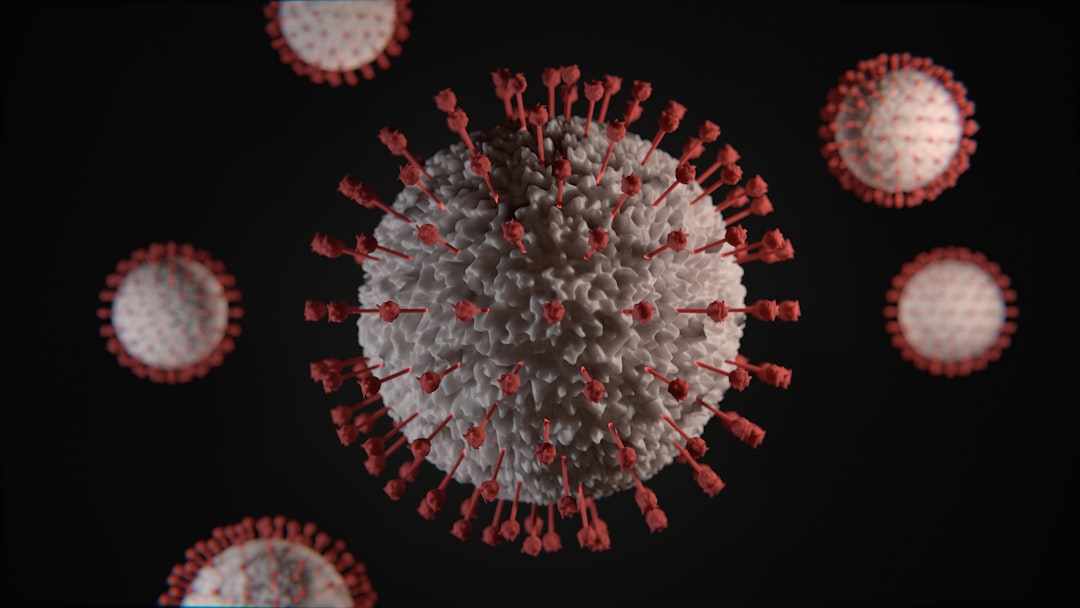What is it about?
Climate model projections of coral reefs have solely been made using surface temperatures and failed to consider vast areas of deeper ‘mesophotic’ reefs at 30 to 50 m. We identify areas of the Great Barrier Reef where separation of warm surface seawater from cooler deeper seawater insulates deeper reefs from surface warming. These areas have the potential to act as deep-water refuges from surface heatwaves. Refugia should help protect mesophotic species, even though many shallow species are not found in deeper areas. However, the protection offered by this ‘insulation’ is unlikely to last much more than a couple of decades. Worse, if society does not take the drastic action required to keep global warming below 2 °C, we find that warming is likely to pass critical thresholds even at mesophotic depths.
Featured Image

Photo by Yanguang Lan on Unsplash
Why is it important?
The Great Barrier Reef has been experiencing recurrent widespread mass coral bleaching events that have only been increasing in magnitude, frequency, duration, and spatial extent. Previous studies have focused on sea surface temperatures. By exploring the mechanisms that potentially insulate, or protect, deeper reefs from heatwaves occurring in the surface waters, we are able to identify regions, based on robust physical understanding, where management of non-climatic coral stress could allow preservations of a subset of reefs while society rapidly decarbonizes.
Perspectives
Climate change is impacting the most biodiverse ecosystem in our ocean, coral reefs. As sea surface temperatures continue to increase, even deeper reefs (30-50 m) of the Great Barrier will not be able to withstand warming events. Greenhouse gas emissions must be reduced to protect our coral reefs. We would also like to expand this study to other coral reef regions around the world to provide insight to local management strategies.
Jennifer McWhorter
University of Exeter
Read the Original
This page is a summary of: Climate change impacts on mesophotic regions of the Great Barrier Reef, Proceedings of the National Academy of Sciences, April 2024, Proceedings of the National Academy of Sciences,
DOI: 10.1073/pnas.2303336121.
You can read the full text:
Resources
Contributors
The following have contributed to this page










